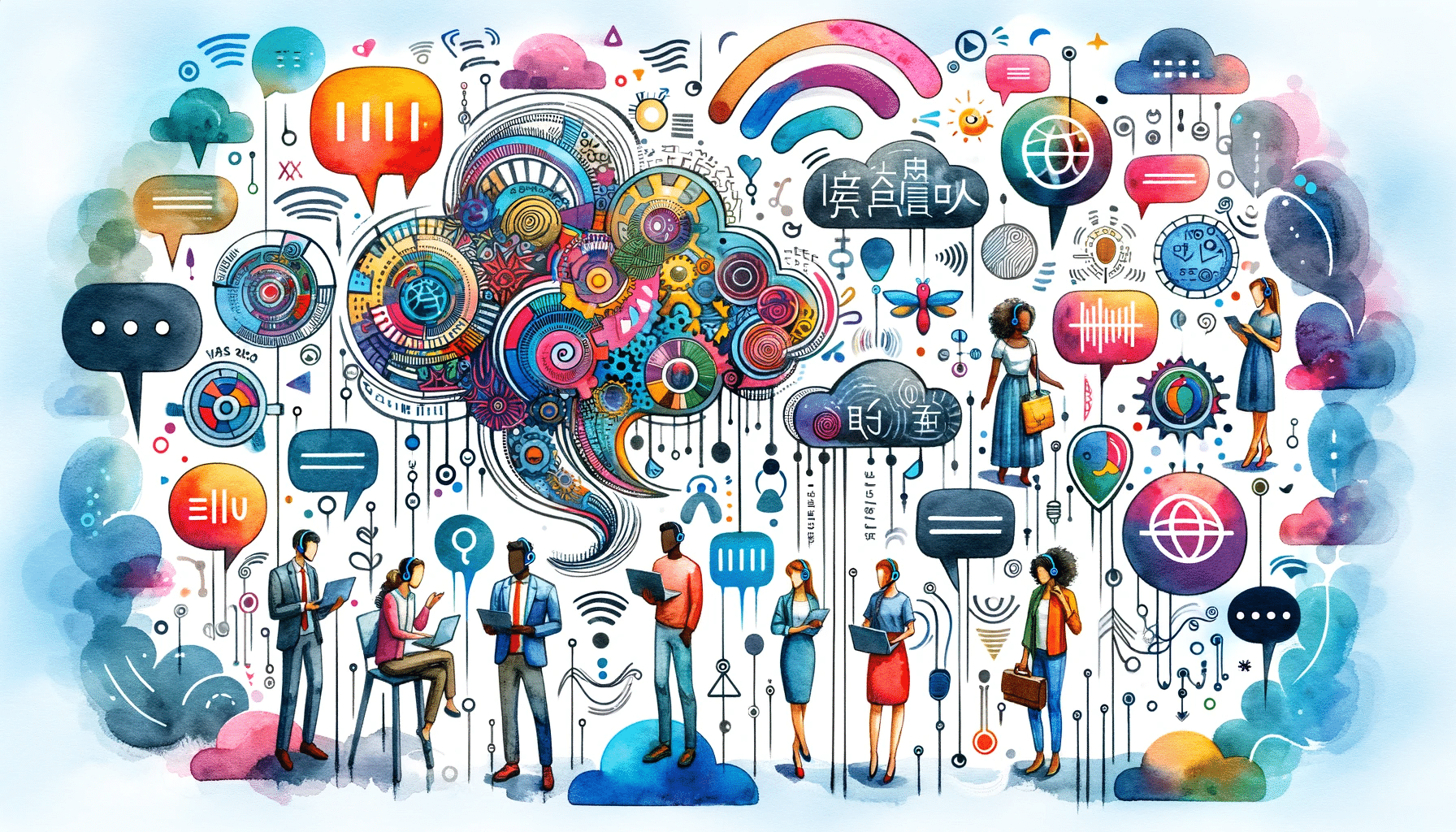As technology brings people closer regardless of geography, the need for better ways to chat across tongues grows too. Meta’s new Seamless Communication system represents a huge forward step toward making that possible by using AI to translate speech super clearly and casually.
It’s Not Just The Words, It’s The Way You Say Them
Unlike most tools that switch words but ignore tone, Seamless keeps all the things that bring feeling into how people talk – the speed, the passion, the quirks. By converting both words and sound, it permits more real back-and-forth across languages.
Peeking Inside Seamless Communication
The system depends on two central models:
SeamlessExpressive concentrates on sustaining original speaking styles and emotions. This way what you say sounds uniquely you.
SeamlessStreaming flips speech into new tongues with only a 2-second holdup. That lag time is quick enough for banter to flow smoothly.
Both are developed from SeamlessM4T v2 – an underlying springboard showing large progress at parsing and producing real human speech.
Bringing Languages Together
Already Seamless handles real speech converted into six major languages plus translating 98 languages of speakers’ voices into text. Such wide coverage spotlights Meta’s push toward giving more people access to seamless communication abilities.
Empowering Further Research and Progress
So that scientists across groups can pitch in, Meta also unveiled tools and data like:
- SeamlessAlign: a huge set of translated and aligned speech covering 76 languages.
- SeamlessAlignExpressive: focused just on speech patterns showing emotion and feeling.
- Encoders that help researchers concoct new multimedia translation info.
By unlocking their work, Meta seeks to energize progress on emotionally tuned speech translation.
Some Key Technical Elements
Several updates give Seamless Communication its expanded capacities. The system utilizes UnitY2 architecture rather than old autoregressive models. This switch enables handling longer speech and makes translations readily adaptable to streaming uses.
Algorithms like EMMA then identify the best moments to relay the next chunks of converted speech to keep dialogue flowing. Components like Prosody UnitY2 specifically transmit tones and rhythms of someone’s voice.
Proof Is in the Results
Tests demonstrate SeamlessM4T v2 already surpasses other models at speech-to-speech, speech-to-text, and similar translation challenges. These numeric gains confirm feedback about more understandable, expressive translations too.
An Ethical North Star for New Tech
Given risks around voice mimicry systems, Meta invested seriously in toxic language alerts and blocks to ensure constructive system habits. Extra controls like subtle audio watermarking also deter misuse without affecting translation value.
By proactively weighing ethical factors, Meta seeks to earn public trust in AI via transparency and accountability.
Building Toward a World Without Language Walls
With Seamless Communication, Meta has unlocked a huge step toward globally accessible social connection and culture sharing, regardless of one’s native language. While AI still can’t replicate all the color and nuance of human interactions, innovations like empathetic speech translation carry us closer.
What began as word substitutions now spans capturing tone and delivery too. And with Meta’s public demos and research support, this glimpse of tomorrow becomes more accessible to all who seek to speak freely beyond tongue.

